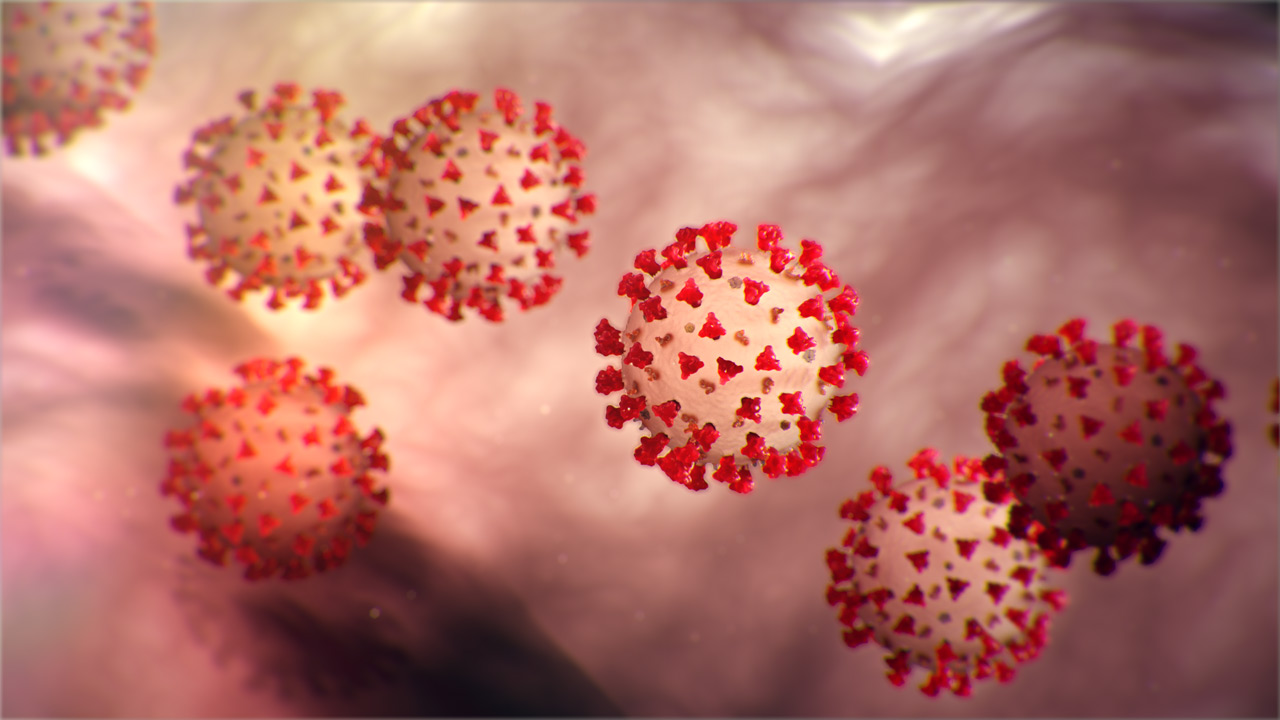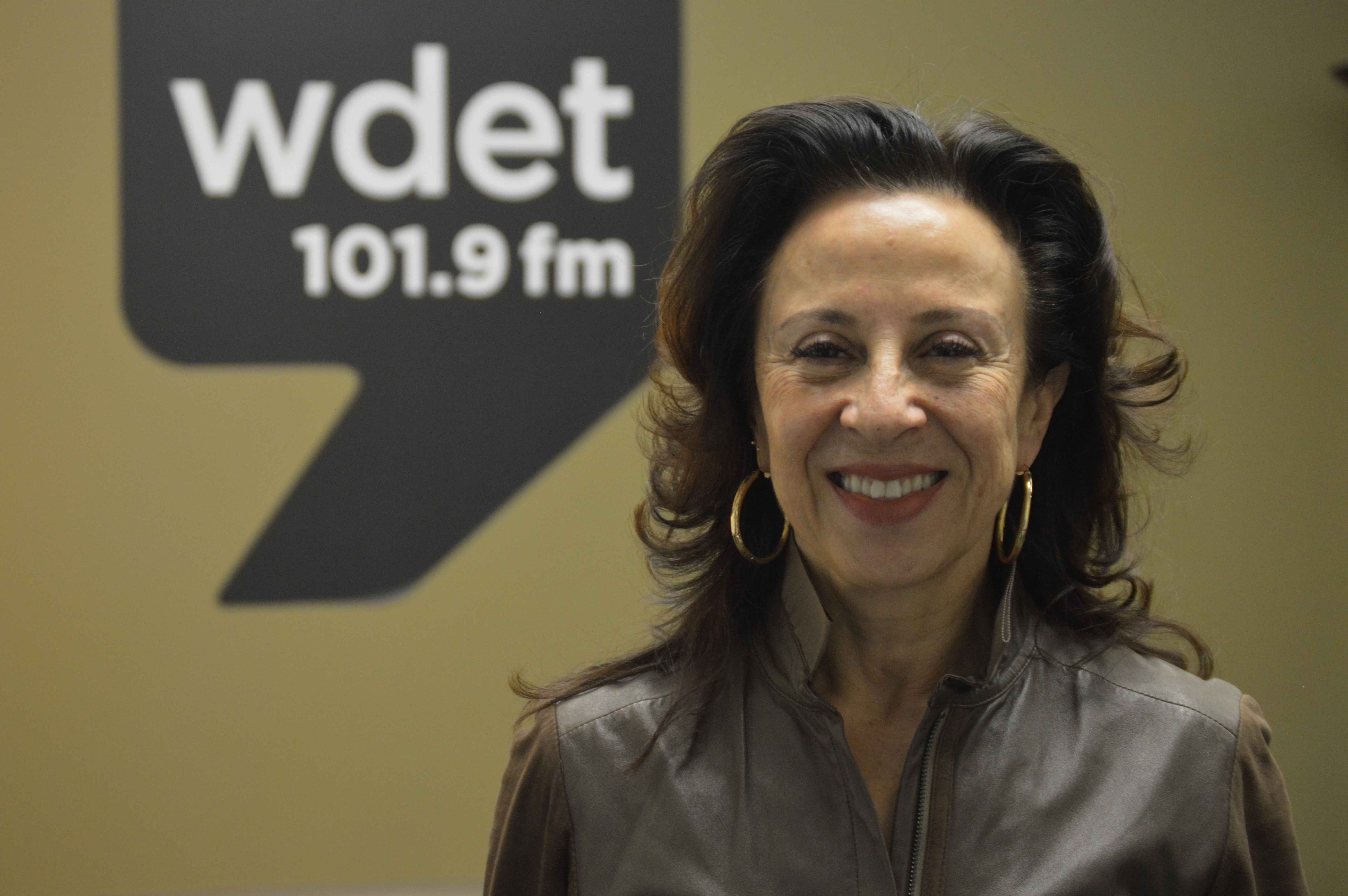Why COVID-19’s Impact On People of Color Is Not Surprising
“Do we see them? Do we even see them in their death?,” says Maria Hinojosa on the impact of coronavirus on communities of color.

As pandemic data begins to become clearer, public health experts are warning that the COVID-19 outbreak is disproportionately impacting communities of color across the country.
“It doesn’t surprise me that, disproportionately, the impact of COVID-19 has hit traditional black and Latino communities.” — Julio Ricardo Varela, journalist
In Michigan, African Americans represent 14% of the state’s population, and yet account for 40% of COVID-19 deaths. This statistic is alarming but sadly represents the virus’ outsized presence in communities of color throughout America.
But two journalists say it shouldn’t be surprising — and, in some ways, is predictable.
Listen: “In The Thick” podcast hosts talk COVID-19’s impact on communities of color.
Guests

Maria Hinojosa, journalist, author and host of “Latino USA,” says she, like so many people who fell ill in early March, believes she could’ve contracted COVID-19.
“I literally was flying into hot spots from one to the other and seeing a lot of people. I think that I had a cavalier attitude,” says Hinojosa.
Feeling better now, Hinojosa says the racial disparity seen in the essential workforce is a major contributor to the pandemics impact on communities of color.
“You’re not going to find white people riding on the New York City subway right now,” says Hinojosa.
Julio Ricardo Varela, award-winning journalist, founder of LatinoRebels.com, and co-host of the “In The Thick” podcast, has been reporting on the discrepancy in COVID-19 case numbers in neighborhoods throughout Boston.
“Just because you’re out in the remote areas of this country doesn’t mean you’re not impacted.” — Julio Ricardo Varela, journalist
“It doesn’t surprise me that, disproportionately, the impact of COVID-19 has hit traditional black and Latino communities,” says Varela. He found that there has been an explosion of cases in Chelsea, Mass., a community with a high immigrant population and that makes up a large percentage of the essential workforce in Boston.
Massachusetts, like Michigan, contains a large urban center as well as rural expanse. He says this geographic constitution contributes to the protests seen across the country to open up commerce. Varela says this urban-rural divide is ultimately not helpful in combating the virus.
“This is not going to go away until we really stay disciplined. And just because you’re out in the remote areas of this country doesn’t mean you’re not impacted,” says Varela.
Trusted, accurate, up-to-date
WDET is here to keep you informed on essential information, news and resources related to COVID-19.
This is a stressful, insecure time for many. So it’s more important than ever for you, our listeners and readers, who are able to donate to keep supporting WDET’s mission. Please make a gift today.
